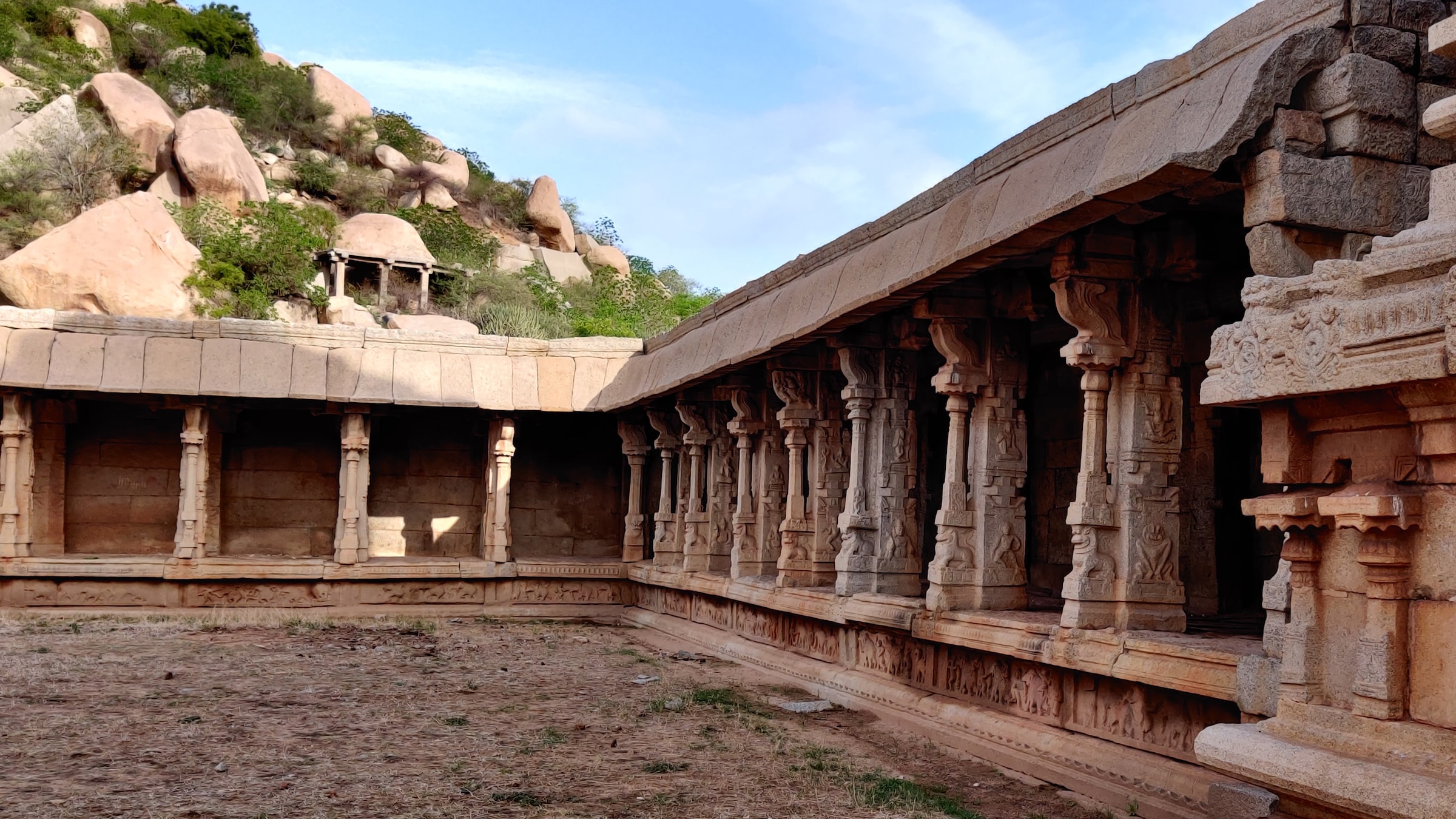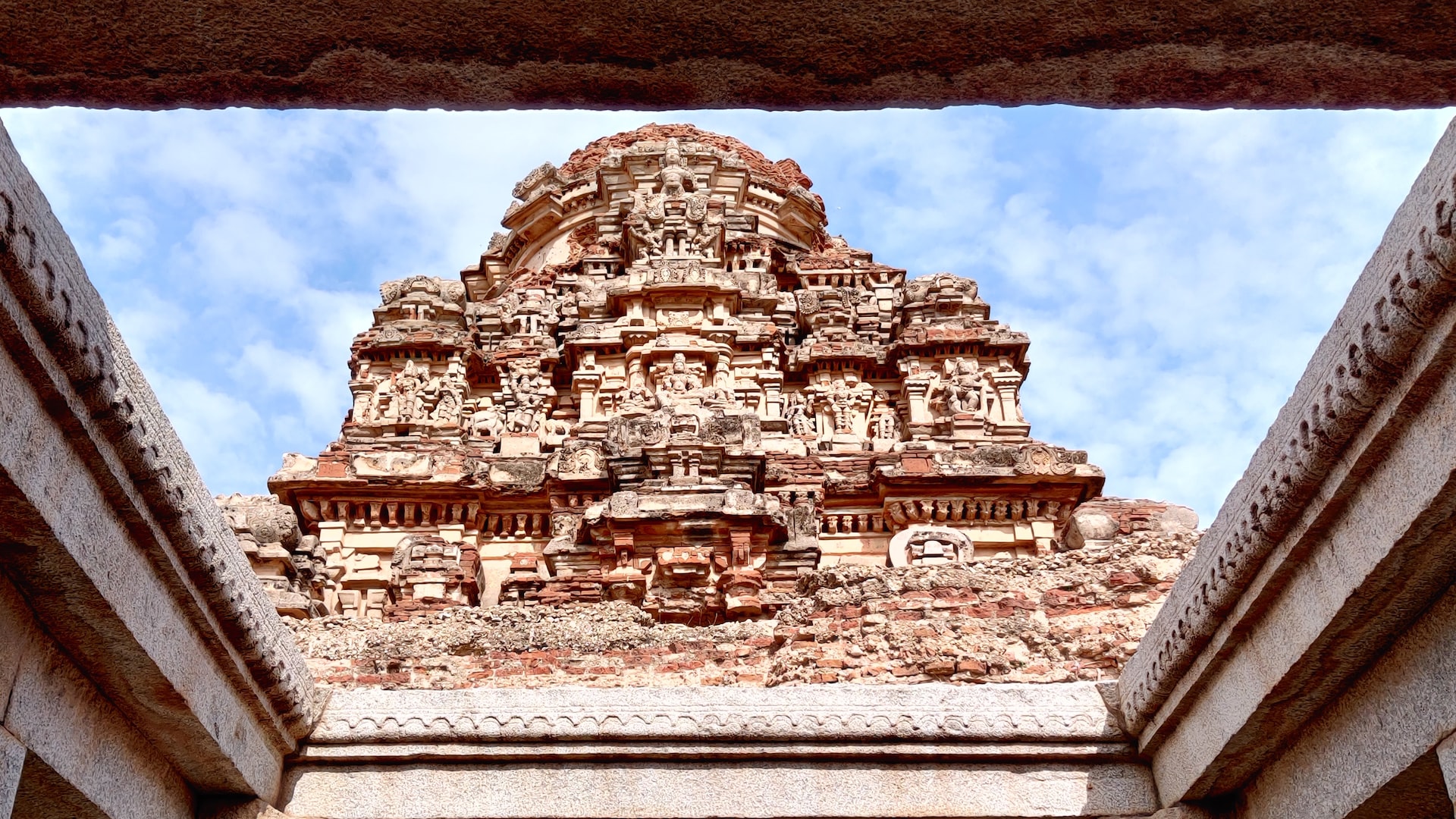Archeoastronomy - A History Of Buildings And Stars
Astronomy it's a discipline that widens our perspectives, provides context, and molds the way we see the world and archeoastronomy is a science that study buildings and stars.
Author:George EvansJan 24, 20232.6K Shares265.6K Views

Over the course of human history, people have looked up to the sky to navigate the wide oceans, choose when to grow their crops, and find answers to the origin and migration problems.
Astronomyit's a discipline that widens our perspectives, provides context, and molds the way we see the world and archeoastronomyis a science that study buildings and stars.
We are aware that many people in the past modified their structures in accordance with specific astronomical alignments, tracking and analyzing the movements of the sun and stars.
For thousands of years, astronomy and building have been closely related. The study of these relationships is recognized as archaeoastronomy, a science that enables an exact analysis and deals with texts and history, politics, metaphysics, and cultural citizens in addition to the positions of the stars and historical findings.
Astronomical orientations have been discovered in countless temples and other religious buildings all over the world. Giulio Magli, professor at the Faculty of Architecture at the Polytechnic University of Milan, where he instructs the only college course in archaeoastronomy in Italy, asserts that "to perform modern archaeoastronomy, we must use all sources, even where there are, the ethnological sources."
There are a few instances that could aid in our understanding of the complex relationships between monuments and the sky when we talk about the relationship between architecture and astronomy.
There are many ancient sites, including Stonehenge in England, Giza and Karnak in Egypt, Chichen Itzá in the Yucatán, Macchu Picchu in Peru, and the Pantheon in Rome, but we'll focus on Indian archeoastronomical marvels instead, which demonstrate how advanced and creative our ancestors were compared to the generation before them.
Archeoastronomy - What Is It?
The "science of stars and stones" is archaeoastronomy. It is an interdisciplinary field of study that spans astronomy, architecture, and archaeology. In order to better understand the beliefs of the ancient architects and their religious and symbolic world, it investigates the connections between the sky and the ancient monuments.
The Earlier Illustration Is The Temple Of Konark
The historic Kalinga architecture of Odisha, commonly known as Odisha architecture, is on full display in the Sun Temple at Konark. Drawing inspiration from a set of seven sturdy stone horses, it was created as a massive cart with 12 pairs of intricately sculpted enormous steel wheels.
Thanks to the temple's lovely east slope, the main entrance receives the first rays of the rising sun. Two sizable stone lions stand on either side of this main entrance. These two lions are shown trampling on an elephant and a man's feet.
The sun temple serves as a physical structure that depicts sun moments. The architecture was created taking into account the sun's activities.
The sun god's chariot, which had seven horses to represent the seven days of the week and the seven colors of the sun, served as the model for the shape. There are 24 wheels on this temple, 12 on each side. To display time, the sun's rays hit the wheels.
Out of 24 wheels, four are used as sundials. The meticulous preparation causes the first dawn to sprinkle the entrance. Additionally, the sun illuminated three statues of the sun god in various time zones. Chasing the sun's activity onto Earth is a wonderful wonder.
Bringing The Old And The New Together
Although the topic of this article does not call for a thorough examination of the numerous ideas and mythologies underlying architecture, exploring a few of those tales could aid in determining how they have influenced the architectural landscape of today.
For instance, it has been discovered that the three stars of the Orion belt were created alongside the Giza pyramids, with each star's vertices clearly connected to the other two. Astonishingly accurately, according to contemporary historians, the pyramids were likewise aligned north-south.
The calculations are explained by their use of the autumn equinox, but what is fascinating is how this cardinal alignment is reflected in contemporary urban planning.
Urban Myth?
To commemorate the seasonal changes with sunrise and sunset at the two equinoxes of the year Spring Equinox to recognize the beauty of reviving life and Autumn Equinox to thank the gods for a bountiful harvest many ancient cities were aligned east-west. Although the concept seems dated after all, who travels to the Stonehenge these days?
We observe a seemingly unintentional resurgence of the event in numerous cities. Locals in Chicago refer to the spectacular sunset between skyscrapers as "Chicago-henge" because of the city's grid-like street layout, which they liken to the sun-catching cliffs in England.
Making A Difference In Everyday Architecture
Ancient astrology also has its roots in azimuth angles and angling homes to the direction of the sun, but one must first comprehend the various etymological origins of the term "astrology." You can learn more about the history of astrologyin Joynumber.
It necessitated a thorough examination of the stars and their motions through the sky, as well as how those motions affected life on earth. Most people got their religious traditions from there; to this day, our religious structures are made in accordance with the stars in the heavens above.
Residence For Temples
Researchers question whether the Kaaba, a holy place that is astronomically aligned, was initially constructed to symbolize Arab cosmology. After all, if other structures can be linked to the stars, why not here?
The minor axis of the cube-shaped structure points to the summer sunrise, while the major axis is aligned with the rising of Canopus, the brightest star in the Southern sky. The corners also serve as representations for the four cardinal points, but their precision is not particularly good.
Many Muslim architects make sure that housing is created with the Kaaba in mind because of the religious obligations connected to it. They don't just design mosques this way.
Although the idea does not resonate with many people, it is intriguing to consider the potential effects of such extensive planning on the history of our times; for example, would future architects compare the Muslim Kaaba-centric architecture to the Roman temples? Whole home developments were constructed with Canopus in mind.
Contemporary Manifestation
The Tower of Babylon and their holy Ziggurats are a significant example of this typology. These structures gave us concepts for evolutionary building, such as the skyscraper.
The lucky number eight was one of the numerous spiritual principles that Taipei 101 was constructed in accordance with. The transformation of the Empire State Building into Mount Olympus by Percy Jacksonis a useful illustration of how ancient legends influenced our contemporary culture.
People Also Ask
What Is The Study Of Archaeoastronomy?
The multidisciplinary study of prehistoric, ancient, and traditional astronomies around the world in relation to their cultural context is known as archaeoastronomy. Both written and archeological records are included.
What Does An Archaeoastronomer Do?
Archaeology, anthropology, astronomy, statistics, probability, and history are just a few of the disciplines that archaeoastronomy draws on to find proof of ancient behaviors.
Why Is Archaeoastronomy Important?
Through the use of constellations and celestial phenomena, archaeoastronomy offers a method for examining historical occurrences. There have been numerous significant changes in American communities as a result of the interconnectedness of the stars and people.
Conclusion
When studied with the appropriate objectivity, archaeoastronomy is still an interdisciplinary study that can result in significant discoveries in architecture, astronomy, and human thought.
Since the beginning of time, astronomy and architecture have been modified and are still used now as archeoastronomy.
It is possible to alter how people think, plan, and understand the phenomenon of the cosmos as well as how the sky functioned in earlier cultures by incorporating the research and studies into contemporary architecture.

George Evans
Author
George Anderson, an exceptional architectural designer, envisions and brings to life structures that transcend the realm of imagination. With an unwavering passion for design and an innate eye for detail, George seamlessly blends form and function, creating immersive spaces that inspire awe.
Driven by a deep appreciation for the interplay of space, light, and materials, George's innovative approach redefines the possibilities of architectural design. His visionary compositions leave an indelible mark, evoking a sense of wonder and transforming the built environment.
George Anderson's transformative designs and unwavering dedication continue to shape the architectural landscape, pushing the boundaries of what is possible and inspiring generations to come.
Latest Articles
Popular Articles

